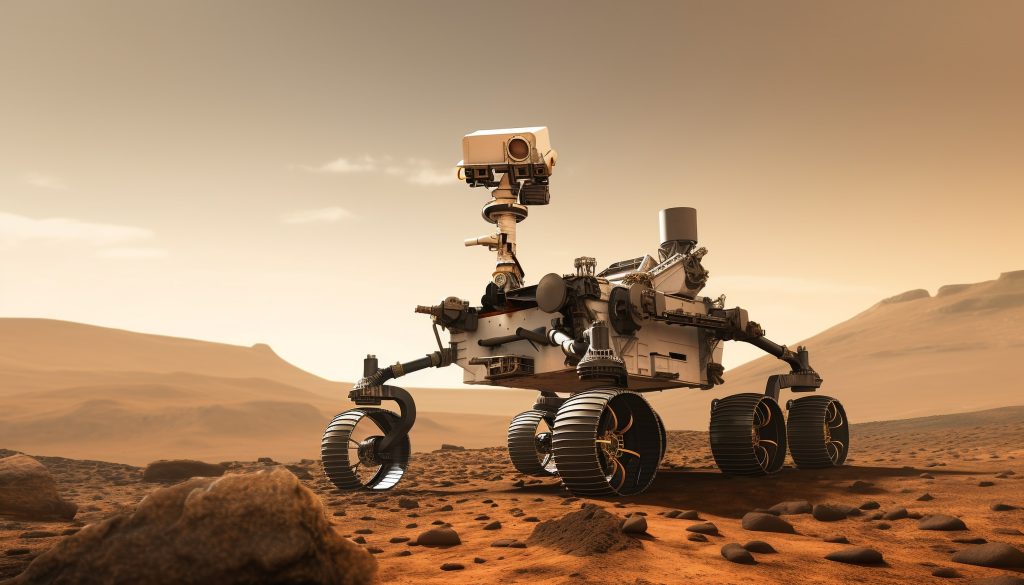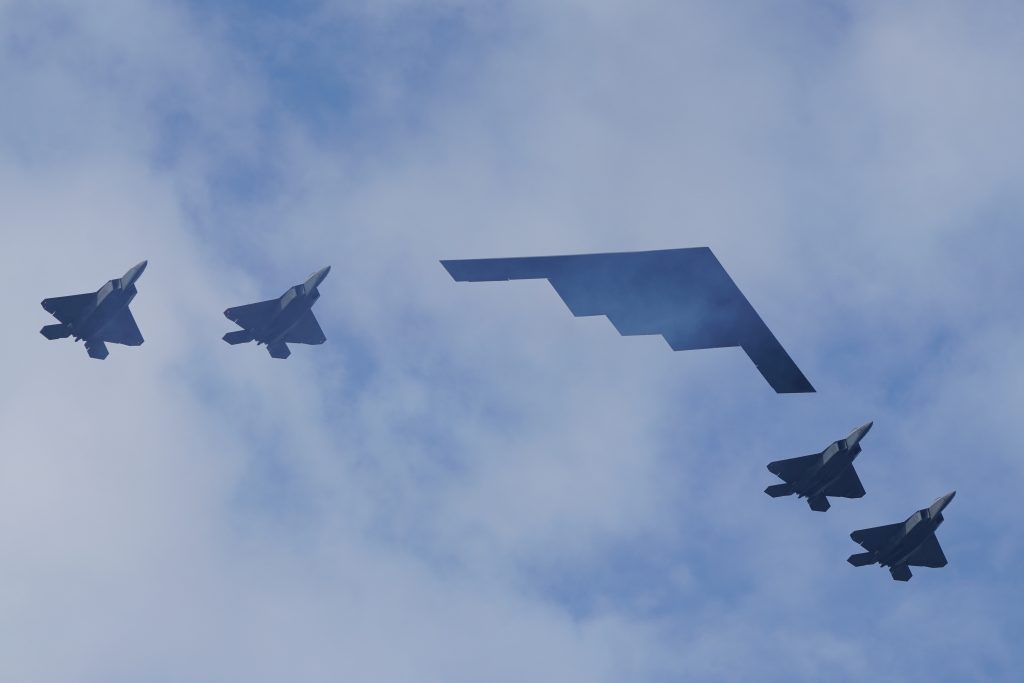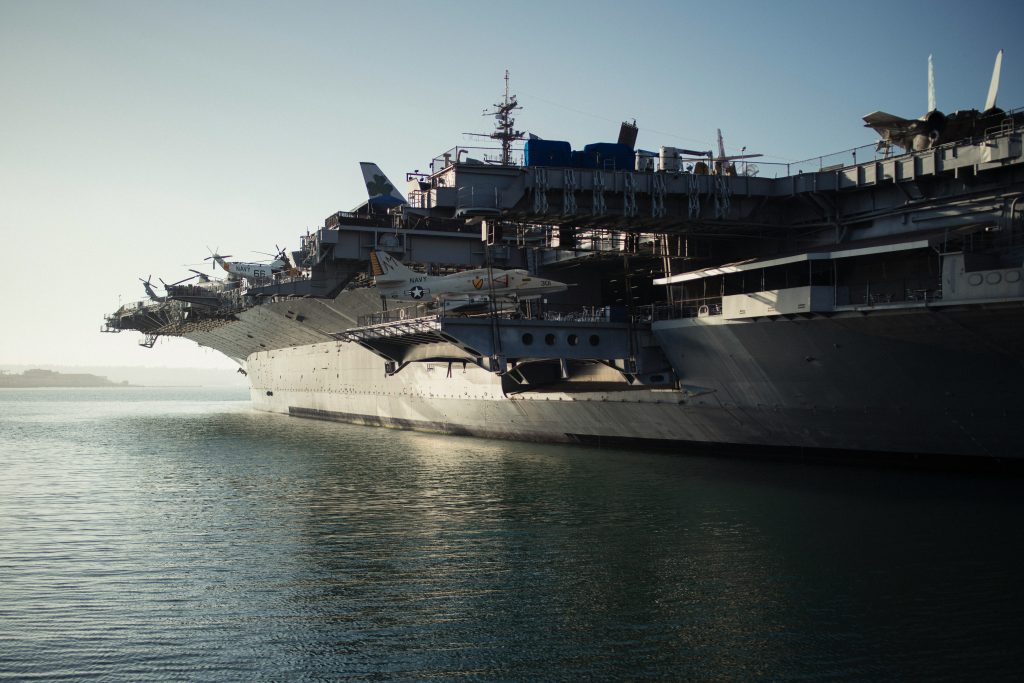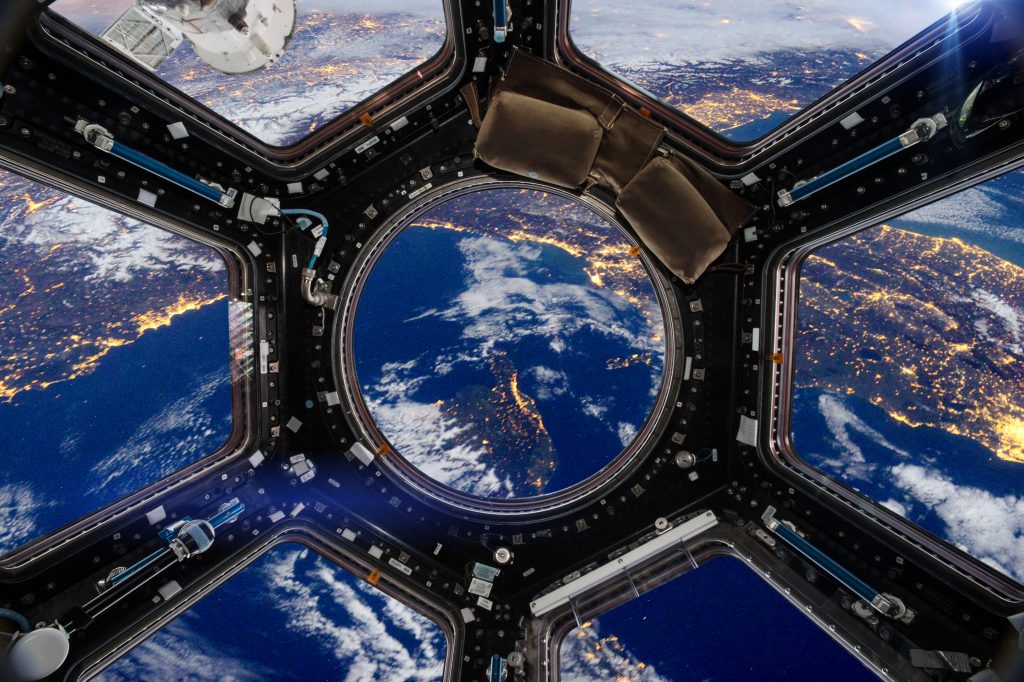Your cart is currently empty!
The 10 Most Expensive Things Ever Built by Humans

How do we measure the price of progress? When we look at the marvels of human ingenuity, from vessels that touch the stars to machines that probe the very fabric of reality, the price tags can be staggering. These creations are more than just expensive items; they are monuments to our ambition, our relentless curiosity, and our complex global landscape. They represent the collective efforts of thousands of minds and investments that span decades, pushing the boundaries of what is technologically possible.
This is a look at the ten most expensive things humans have ever built. Beyond the astronomical figures, we’ll explore the purpose behind these incredible feats of engineering and what they tell us about our priorities as a species, our drive to explore, to understand, to protect, and to connect. Each one is a story of immense challenge, groundbreaking innovation, and a vision for the future, whether that future is in the cosmos, on the battlefield, or in the very particles that make up our universe.
Humanity’s Most Ambitious Projects
Here are ten of the most expensive and ambitious projects ever undertaken by humankind, each a testament to our capacity for creation on a grand scale.
1. Airbus A380 “Flying Palace”

In a category all its own is the customized Airbus A380 “Flying Palace.” A standard A380, the world’s largest passenger airliner, is already an engineering marvel. However, a private commission, reportedly by Saudi Prince Alwaleed bin Talal, elevated the aircraft to a new level of opulence, bringing the total cost to an estimated $500-600 million. While the project was never fully realized in its most lavish form, the plans included a concert hall, a Turkish bath, a garage for a Rolls-Royce, and even a prayer room with electronic mats that automatically rotate to face Mecca. This aircraft represents the ultimate intersection of aerospace engineering and personal wealth, a fascinating outlier that shows how incredible technology can serve the purpose of ultimate luxury.
2. Mars Perseverance Rover

With a price tag of around $2.7 billion, this robotic geologist trundles across the Martian landscape. The Perseverance Rover‘s mission is multifaceted: it seeks signs of ancient microbial life, characterizes the planet’s geology and past climate, and collects promising rock and soil samples for a possible future return to Earth. It’s not alone on its journey; it carried the Ingenuity helicopter, which achieved the first powered, controlled flight on another planet, opening a new dimension for interplanetary exploration. Each discovery and sample helps us piece together the history of our planetary neighbor and assess the potential for life beyond our own world.
3. Northrop B-2 Spirit

The Northrop B-2 Spirit remains an icon of military aviation and a symbol of strategic power. With a cost of approximately $2 billion per aircraft when development is factored in, its expense lies in its revolutionary design. The distinctive “flying wing” shape, combined with special radar-absorbent materials and coatings, allows it to evade the most sophisticated anti-aircraft defenses. This stealth capability makes it a critical asset for strategic bombing missions, capable of holding any target on the globe at risk. More than just an aircraft, the B-2 is a key component of nuclear deterrence, a tool of geopolitics whose presence or potential presence can shape international events.
4. USS Zumwalt Stealth Destroyer
This warship looks like something from the future. The unique, angular design of the USS Zumwalt is a result of its “tumblehome” hull, which gives the 610-foot-long ship the radar cross-section of a small fishing boat. At around $4.4 billion per vessel, its cost is driven by a host of advanced technologies. Its integrated power system can generate enough electricity to power a small town, potentially supporting future energy weapons. While its advanced gun system’s specialized ammunition proved too costly to procure, the Zumwalt class serves as a crucial technology demonstrator, pushing the boundaries of naval automation and stealth capabilities that will inform the next generation of surface warships.
5. Large Hadron Collider
Buried deep beneath the Franco-Swiss border in a 17-mile-long circular tunnel is the Large Hadron Collider (LHC). Operated by CERN, this is the largest and most powerful particle accelerator in the world, built at a cost of over $4.75 billion. Here, scientists accelerate beams of protons to nearly the speed of light before smashing them together, recreating the conditions just moments after the Big Bang. It was in this torrent of energy and exotic particles that the existence of the Higgs boson, a particle fundamental to our understanding of mass, was confirmed. The LHC is a true cathedral of science, a place where thousands of international scientists probe the deepest mysteries of our universe, from dark matter to extra dimensions.
6. Columbia-Class Submarine

Beneath the waves, silent and unseen, the Columbia-Class Submarine program is one of the most complex and expensive defense projects ever undertaken, with a total program cost of over $100 billion. As the replacement for the aging Ohio-class, these submarines are designed for the ultimate stealth mission: carrying nuclear ballistic missiles as the most survivable leg of the nuclear triad. Their technological edge comes from an ultra-quiet electric-drive propulsion system and a new reactor core designed to last the entire life of the boat, eliminating the need for costly mid-life refueling. The Columbia-class represents a nation’s ultimate insurance policy, an undetectable deterrent prowling the depths.
7. James Webb Space Telescope

Costing roughly $10 billion, the James Webb Space Telescope (JWST) is humanity’s golden eye on the cosmos. Positioned a million miles from Earth, its primary mission is to see the universe’s first light by observing in the infrared spectrum. This allows it to peer through cosmic dust clouds that obscure the view of telescopes like Hubble and to witness the formation of the earliest stars and galaxies. Its breathtaking images have not only expanded our knowledge but have also captured the public’s imagination. The engineering behind it is just as stunning, from its 18 gold-coated hexagonal mirrors to its five-layer, tennis-court-sized sunshield, all of which had to unfold flawlessly in the vacuum of space.
8. SpaceX Starlink Satellite Constellation

Back in Earth’s orbit, the SpaceX Starlink Satellite Constellation represents a new era of space commercialization and a paradigm shift in global connectivity. While an exact figure is hard to pin down, the development and deployment of this massive network of satellites are estimated to cost well over $10 billion. The goal is to provide high-speed, low-latency internet to every corner of the globe, from remote villages to disaster zones. This “mega-constellation,” planned to include tens of thousands of satellites, demonstrates a shift toward privately-funded megaprojects that could reshape our digital world, though it also raises important questions about space debris and the future of ground-based astronomy.
9. Gerald R. Ford-Class Aircraft Carrier

At over $13 billion per vessel, the Gerald R. Ford-Class Aircraft Carrier is a floating sovereign territory, a mobile airbase that can project power anywhere in the world. Its immense cost comes from a leap in technology over previous carriers. It features the Electromagnetic Aircraft Launch System (EMALS) and Advanced Arresting Gear (AAG), which allow it to launch a wider variety of aircraft with less stress on the airframes and at a higher rate. Carrying a crew of over 4,500 and more than 75 aircraft, these ships are designed to be the centerpiece of a naval fleet for the next 50 years, showcasing the pinnacle of naval engineering and American power projection.
10. International Space Station

With a cumulative cost exceeding $150 billion, the International Space Station (ISS) stands as the most expensive single object ever constructed. More than a structure, the ISS is a testament to global collaboration, a floating laboratory where astronauts from numerous nations live and work together. For over two decades, it has been continuously inhabited, serving as a unique platform for research in microgravity that is impossible on Earth, leading to breakthroughs in medicine, materials science, and our understanding of long-duration spaceflight. As it nears its retirement, the ISS’s legacy is not just its scientific output, but its role as a beacon of peaceful international partnership.
The True Value of Ambition
Looking at this list, it’s clear these creations are far more than their price tags. They are the physical embodiment of human ambition and the result of asking “what if?” on a monumental scale. These projects have generated countless technological spin-offs that find their way into our daily lives, from GPS and medical imaging to the very materials in our smartphones.
They challenge us to think about our collective priorities. As we face global challenges like climate change, pandemics, and resource scarcity that require massive investment and international cooperation, these projects serve as a powerful reminder of what we can achieve when we push the limits of possibility. The question for us, then, is what grand project should we, as a species, undertake next?
